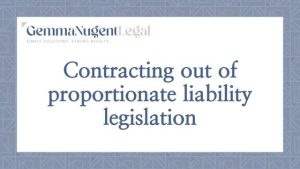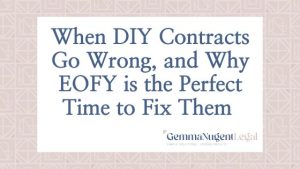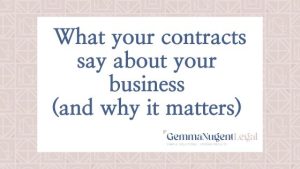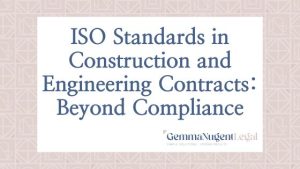Who doesn’t love a roadmap?
Younger readers might not know this, but we didn’t always carry a personal navigator around in our pockets. Some of us are old enough to remember using a good old UBD to find our way. Ah, doesn’t this bring back memories:

Back in the day, my grandma used to give me a new one for Christmas every couple of years. I guess she was worried about me getting lost in the backwaters of Perth. It seems weird now to think of myself fossicking around with the coordinates trying to find streets. Now I just tell Siri to find it on Maps and away I go.
I miss the UBD though. There’s nothing like looking at a physical map to get a sense of where you stand in a place.
It’s the same with contracts. A logical structure is like a roadmap, that helps to walk the parties through the document and also through the project or relationship.
So, what would a logical contract structure look like?
To me, the structure of a contract has two aspects.
- First, the contract “bits” – who’s doing what, when and how much does it cost. This is where the parties manage each other’s expectations about the project and their relationship.
- Second, the order of the terms and conditions, which I like to (loosely) follow the lifecycle of the project or the relationship.
In this Part 1 of 2 blog posts, I’m going to cover the anatomy of the contract.
In Part 2 (find it here), I’ll talk about the structure of the T&Cs.
The Contract “bits”
Every contract should have at least two parts, and for longer contracts there may be four or more parts. Here’s what I expect to see in a contract:
- Contract Details
I like this to be a simple table at the front of the contract (or the back, if it’s an Australian Standard contract), where you put the project-specific details (sometimes called “particulars”). You know, the party names, phone numbers, key dates, term, payment details and such.
For shorter contracts, this should also contain the scope of the services or works and the price.
- Terms and conditions
I know, not everyone loves a contract as much as me, so most people think of this as the boring stuff. But, it does need to be there. Make sure you read Part 2 of the Contract Roadmap Series for what topics should be covered. And take note: lock the document down, because (assuming you’re using an appropriate contract for your business) these should not change project-by-project.
- Schedules
For longer contracts, you’ll have some extra sections (usually called “schedules”). This is where you capture all of the details of the scope of the works or services (including specifications and drawings where relevant), the price (lump sum and/or rates) and the program.
I like to see these at the front of the contract, before the T&Cs. After all, this is really the guts of your project so it should be front and centre.
- Annexures
If there are other details and procedures you need to share, like health and safety policies, relevant standards, or project forms like statutory declarations, I prefer to put these at the back of the contract. The parties need them but won’t need to consult them at every moment of the project.
In Part 2 of SoundLegal’s Contract Roadmap Series:
So now you know all the vital highways and byways of a commercial contract.
Stay tuned for Part 2 of How to Structure a Contract, which covers how to structure the Terms and Conditions section.
Let SoundLegal revamp your contract roadmap
Are your clients and suppliers getting lost in the suburbs when they (try to) read your contracts? Do your commercial partners find themselves facing the wrong direction in a one-way street?
Reach out, we can whip them into shape in no time. We’ll either do some maintenance on your existing contracts or (if your business documents have completely lost their way) build you a brand new contract roadmap.






